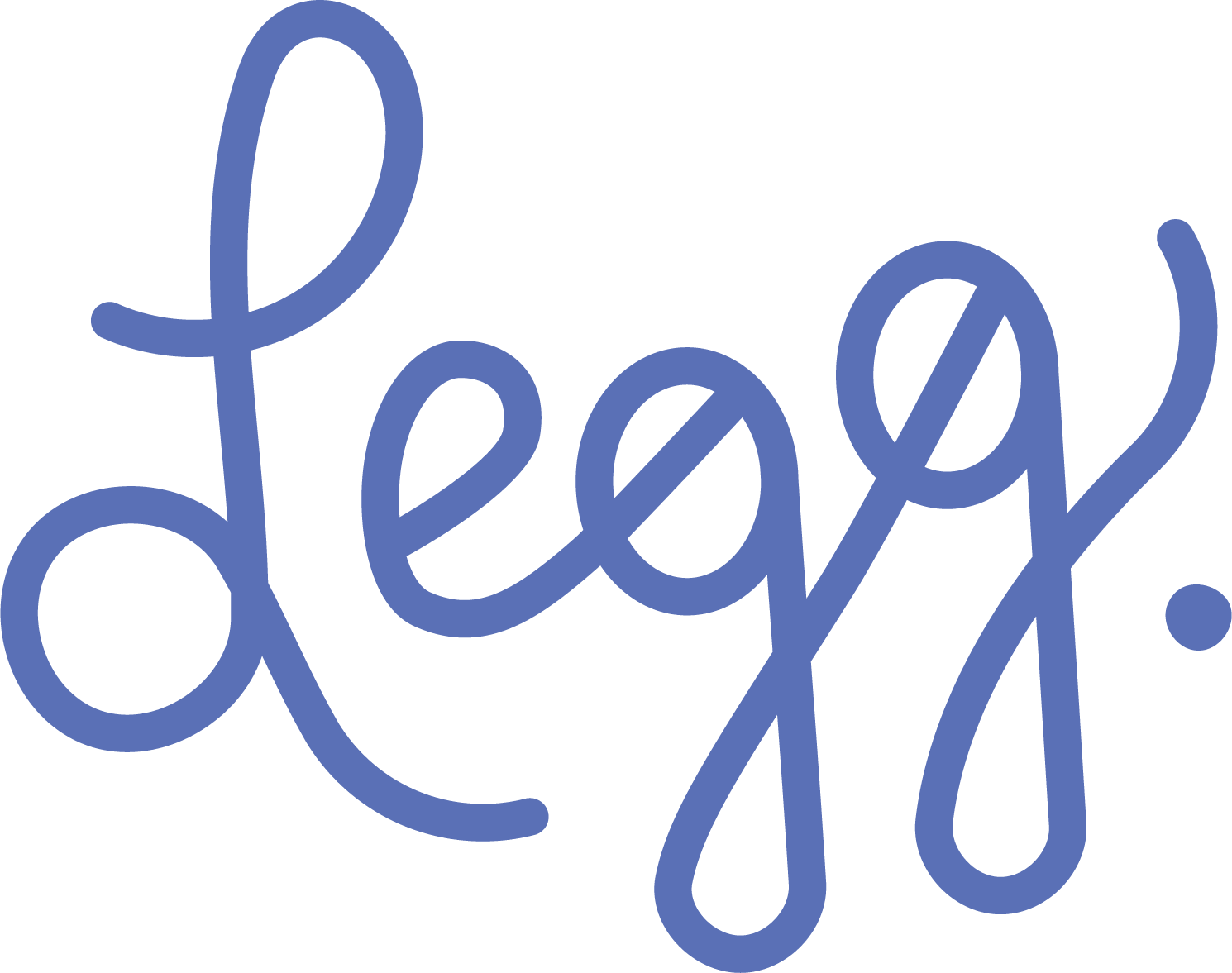Overview
Background
Nearvest is a mobile app designed to help consumers discover and purchase fresh, locally sourced produce directly from nearby small farms. Nearvest bridges this gap between consumer and farm, making shopping for locally-grown fresh produce a breeze.
Problem
Many people would like to support local farms and buy local produce. However, it is hard to find local farmers. Currently many small farmers limit their advertising to a sign by the road - making it hard to connect with potential buyers. In turn, buyers struggle to find farm-fresh food options while searching online due to the shortcomings of other apps/websites.
My Role
As the Lead UX Designer, I was responsible for the entire design process, from research to high-fidelity UI designs to prototype. Over 8 months, I conducted user research, developed wireframes and prototypes, designed the interface in Figma, and led usability testing to refine the experience.
The Solution
Create a location-based app to help people locate local small farms in their area. The app would be intuitive, using familiar UI elements used in common apps, like Instagram and Google Maps. It features:
• Farm Profiles showcasing products, location, and other information.
• Location-Based Search to help users find nearby farms quickly.
• Browse Page to help users find farms in a category-driven format.
• Favorites to enhance personalization.
Research
User Interviews
After a screening survey was conducted, interviews were done. I focused on interviewing individuals who expressed interest in buying from local farms. They were foodies, health conscious people, people that lived in rural areas, and people that already buy from farmers.
Empathy / Affinity Mapping
Recordings of the interviews were analyzed, finding patterns of user behavior and thoughts. Post-it notes were used to create an affinity map, to pull out topics and themes from the interviews. From there, I used Miro to create empathy maps to further understand different types of users and their needs.
Personas
Many trends emerged, leading to the formulation of 2 personas:
Farmer Fred (52, Rural Farmer): Fred wants to attract more customers and stay connected with his local community, but has little time or patience for complex technology. He needs a simple, easy-to-use platform that works even with limited cell service and doesn’t require a monthly fee. His biggest challenges are learning new apps and finding time to manage an online presence while running his farm.
Busy Brittany (29, Suburban Nurse): Brittany loves supporting local farms but struggles to find reliable information. She needs a convenient, accurate app that integrates with navigation tools, includes farm photos, and makes discovering new farms easy. With limited time for grocery shopping, she’s frustrated by outdated or missing details online that make trips feel like a gamble.
Architecture
User Flow
Sticking with the goal of having the app be as easy to use as possible, user flows were designed to have as little decision-making as possible. Miro was used to create a user flow diagram.
Journey
Sketches were placed in Miro to create a diagram of the journey a user would take to find a farm.
Wireframes
Low-Fidelity Wireframes
Figma was used to create low-fidelity wireframes, based on hand sketches.
Wireflow
The low-fidelity wireframes were used to create a wireflow of the "red routes", or the most-travelled flows. In this case, it was the routes users take to find farms. Figma was used to create a diagram of the wireflow.
Styles
Style Guide
Figma was used to create a style guide. Modeled after a mood board created in Milanote, Inspiration for the color scheme came from farm colors. Soil, carrots, green leafy vegetables, and eggs. Figtree was chosen as the primary font, used in most applications. Coustard Regular was added to act as a decorative font used for select headings to add character.
Logo
Adobe Illustrator was used to create the app logo. It is a minimal logotype, with a hand-drawn element. The "r" in Nearvest reaches up to grab the "v" next to it. This symbolizes the act that the user takes when they use the app to buy nearby produce.
High-Fidelity Screens
High-fidelity screens were created in Figma. These showcase the UI as it would be in the final product.
Testing
Usability Testing
The first round of usability testing was done with 5 individuals. Figma was used to create a clickable prototype, which was shared with users prior.
Users who had some sort of tech knowledge were able to intuitively know how to use the app without asking questions. Individuals who had little tech knowledge spent more time viewing and reading each screen, but did not have any critical problems using the app.
Some minor problems and suggestions were acquired. They were superficial things, such as a mistake I made when linking pages in the prototype. This resulted in a user getting "stuck" on one of the screens. Once I fixed the issues found in the testing, I did another test on 3 individuals to see their feedback. None of the individuals in the final round had any issues with completing the tasks. One user suggested making the pins on the map orange (they were previously green), because people are familiar with having them be red/orange on other apps.
Next Steps
The project is ongoing, with the ultimate goal of making it a functional app that people can use.
Future plans include:
• User research on farmers, including interviews and surveys.
• Creating wireflows and screens for other app functions, such as changing settings and editing farm profiles.
• Working with a developer who can do the work needed to make the app actually function.
• Additional user testing when a final product is created.
• Implementing new features such as buying online.
